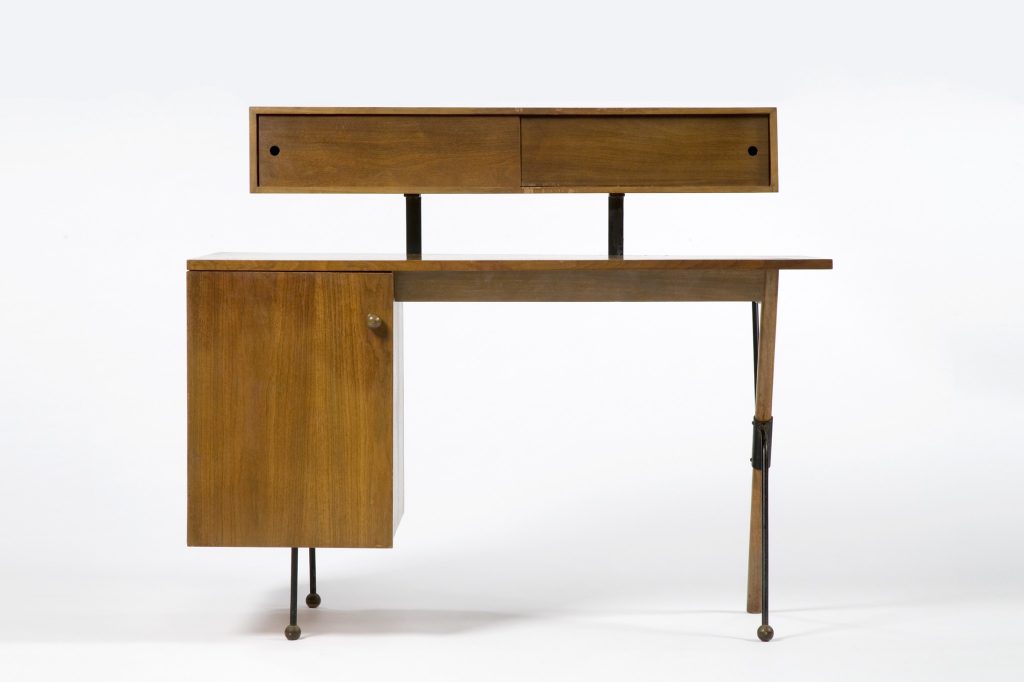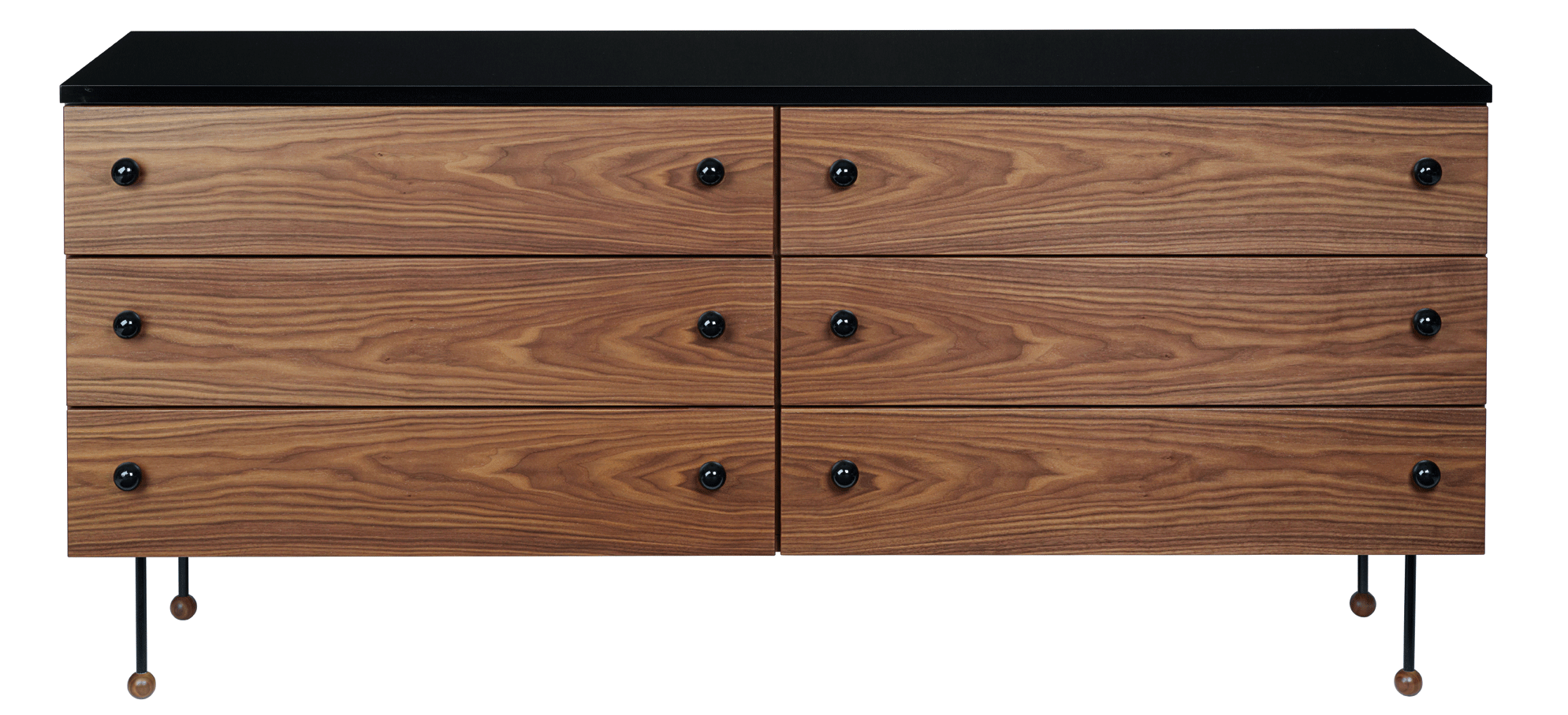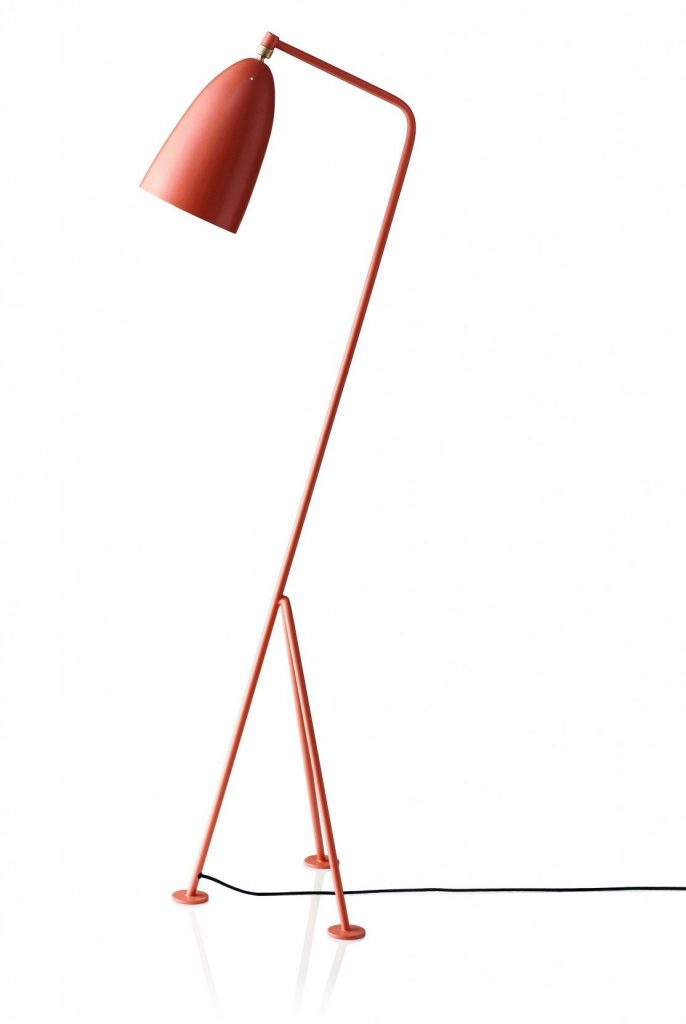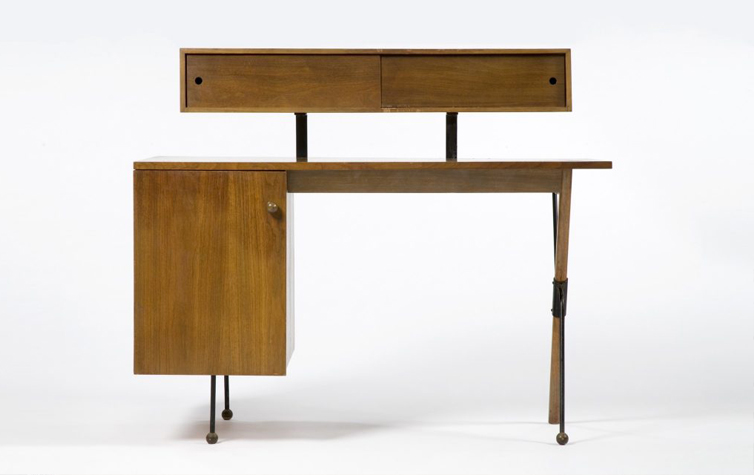
Success comes to those who are able to bring something new to the table, and Greta Grossman’s tables certainly offered something new and unique to the design world.
Born in 1906 and raised in Helsingborg, Sweden, Magnusson-Grossman obtained her design roots at a woodworking apprenticeship at Kärnans in her hometown. She later studied furniture design at Konstfack and architecture at the Royal Academy of Technology, both in Stockholm. She was the first female to win the Furniture Design award from the Swedish Society of Industrial Design— an impressive achievement considering the male dominance in the design field at the time.

Magnusson-Grossman brought her designs to the US in 1940 when she and her husband, Billy Grossman, moved to LA to escape the effects of World War II. There, they opened the Magnusson-Grossman Studio on Rodeo Drive, where her designs catered to famous clients, including Ingrid Bergman and Greta Garbo. Her designs incorporated her Swedish influence, offering modern furniture in never-seen-before styles that delighted her clients.
Her tables and dressers combined wood, metal and plastic in thin, sleek styles that promoted function as well as fashion. Their compact designs were suited for the single, career-minded women of the time, appealing to their work ethic and modern style.

Her lamps also proved useful, as her Gräshoppa and Cobra lamps grew in popularity in the ‘40s. Their arms are flexible, and the aluminum shade can be rotated in any desired direction. The Cobra lamp won the Good Design award, given by MoMa in 1950. These pieces are now considered staples of modern design.
Later, Magnusson-Grossman was able to spread her wings and expand from designing furniture to designing houses. She was the architect and interior designer of 14 houses in the US and Sweden, including 10 that still stand today. She was known for designing homes on particularly difficult terrains and hillsides.
She retired in 1966, moving to San Diego and laying low until her designs were re-discovered and brought back into popularity years later. She died in 1999, but her designs remain widespread today.
Atomic Ranch is Celebrating Women’s History Month!
March is Women’s History Month, and to celebrate, join us as we showcase some of the midcentury’s most beloved women designers as well as some modern makers inspired by their legacy. Click here to read more about the ladies behind your favorite designs, pieces and places.












